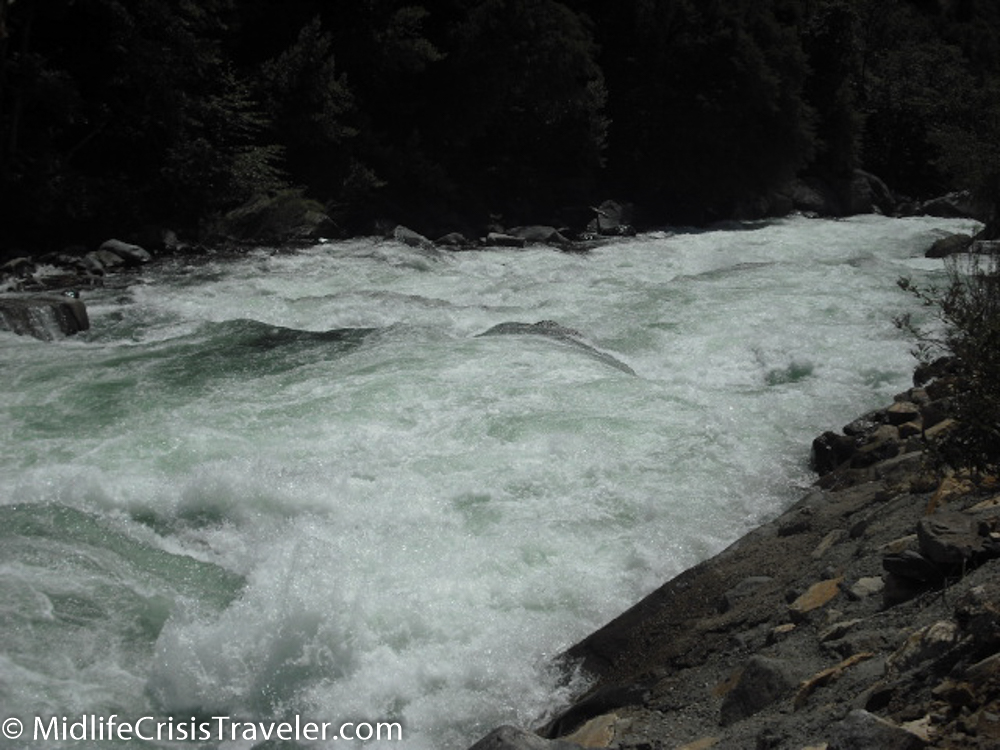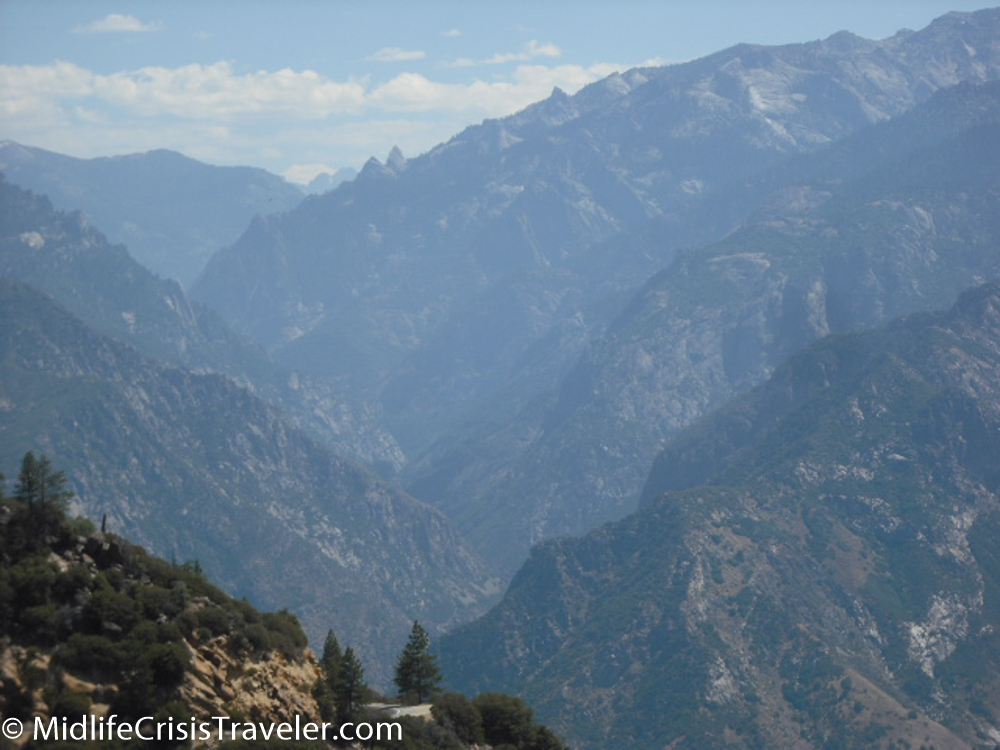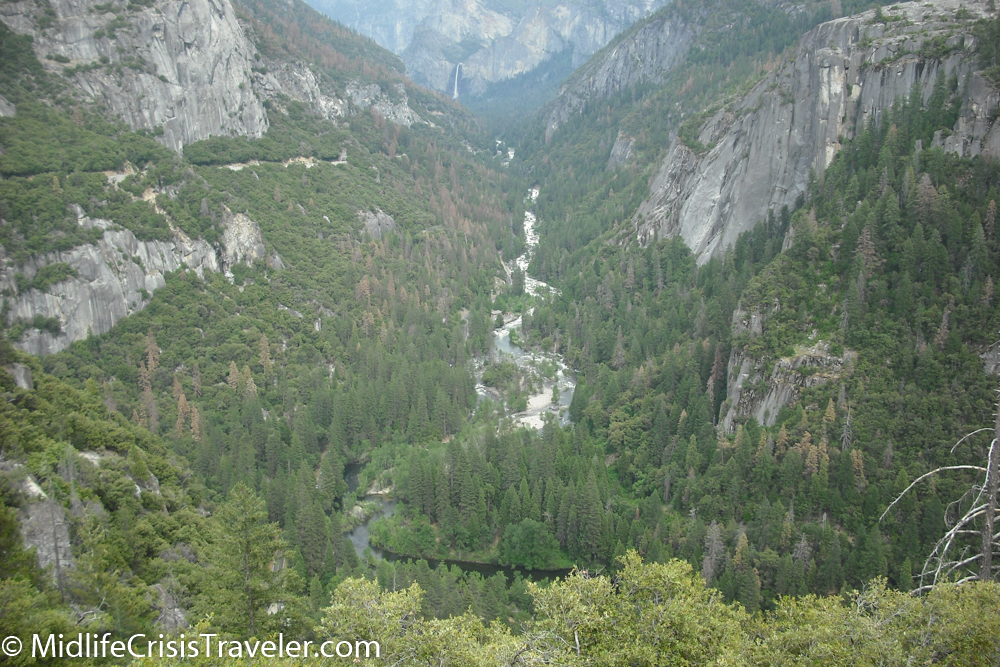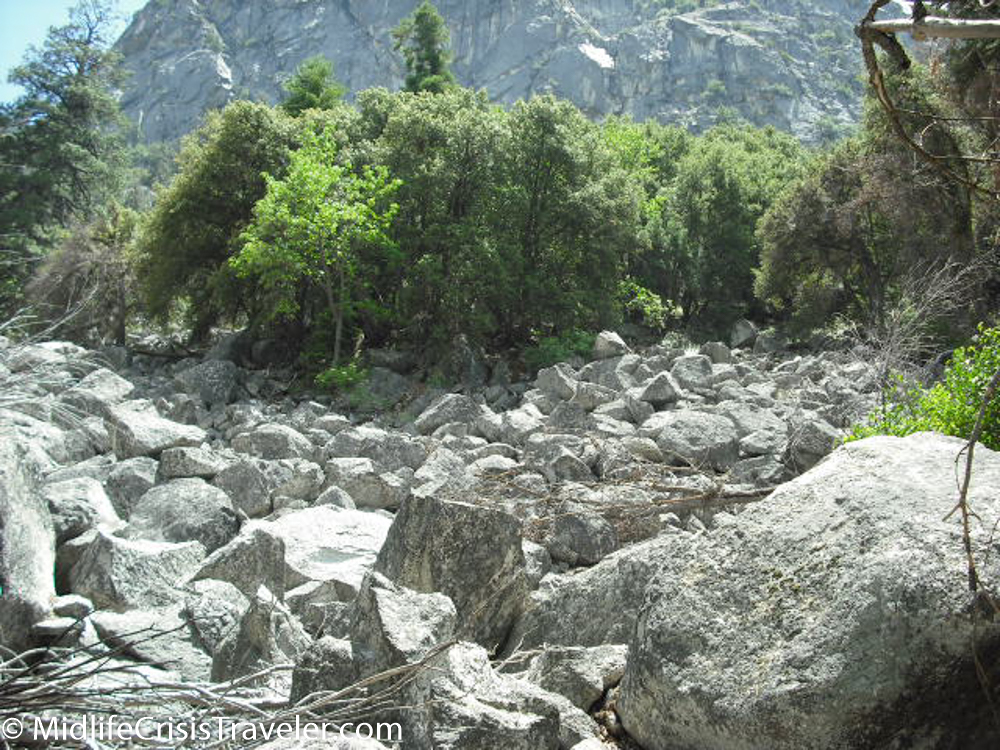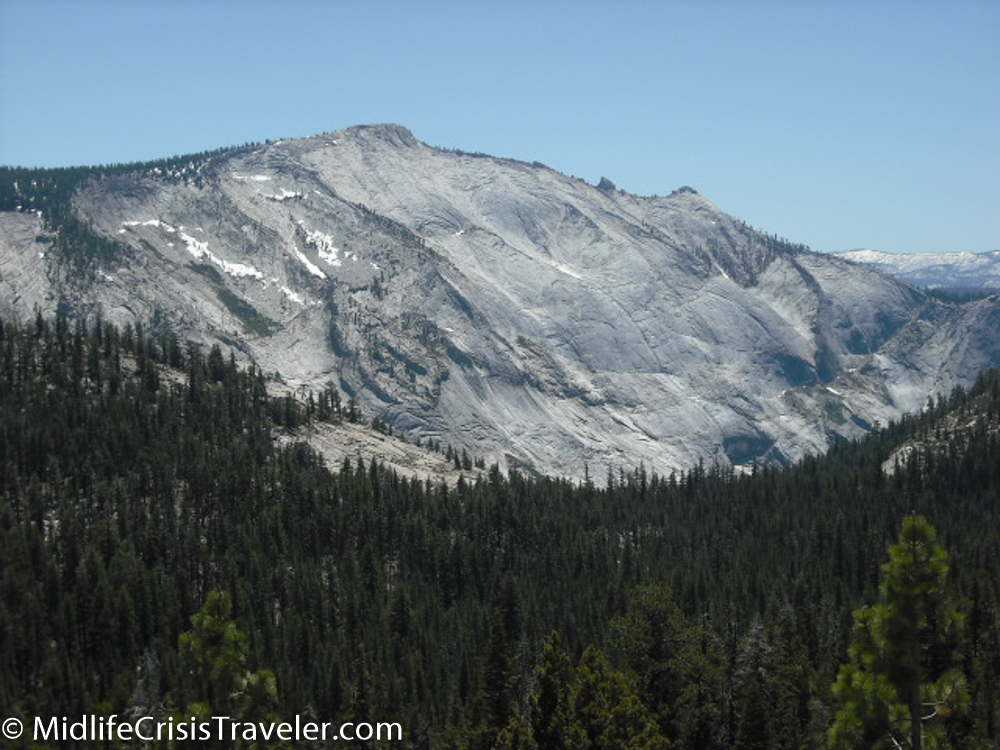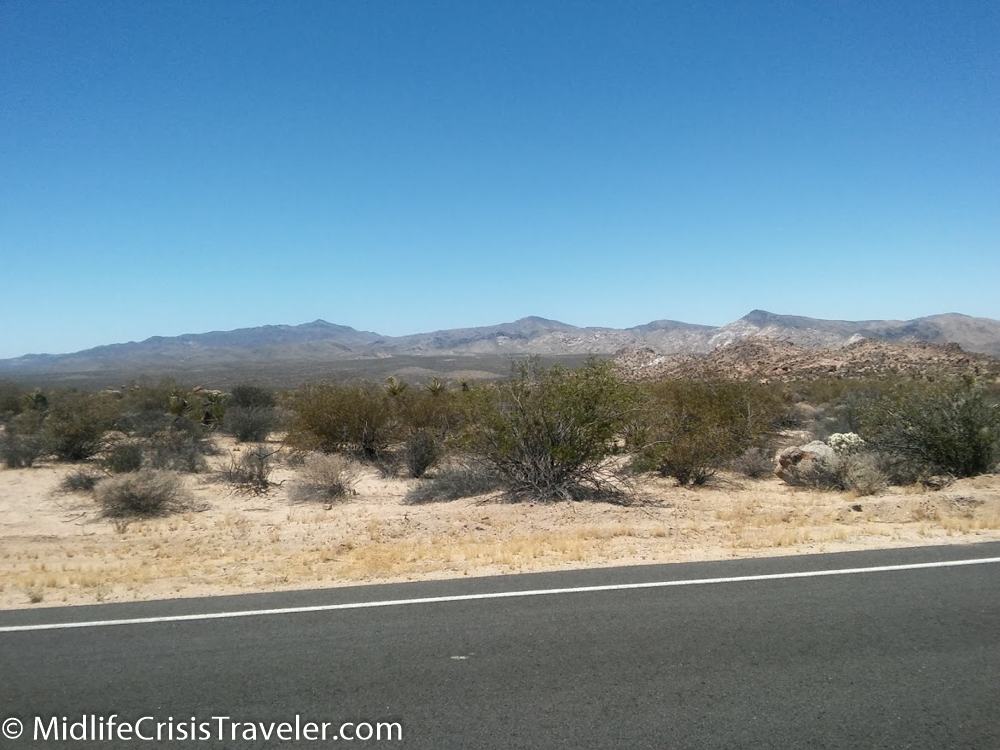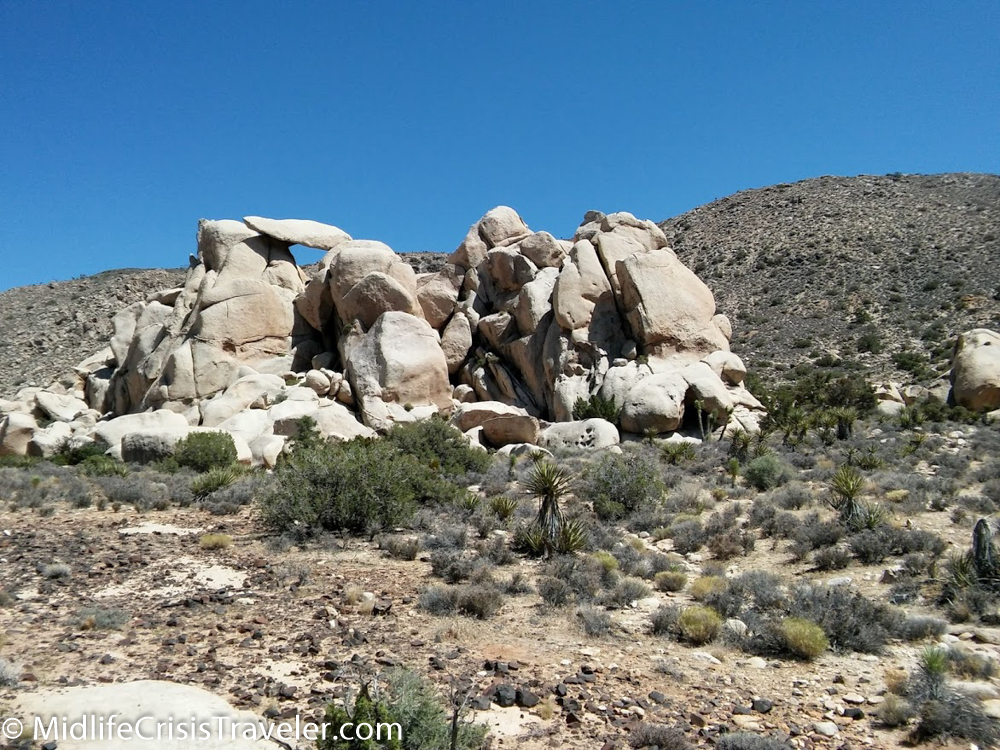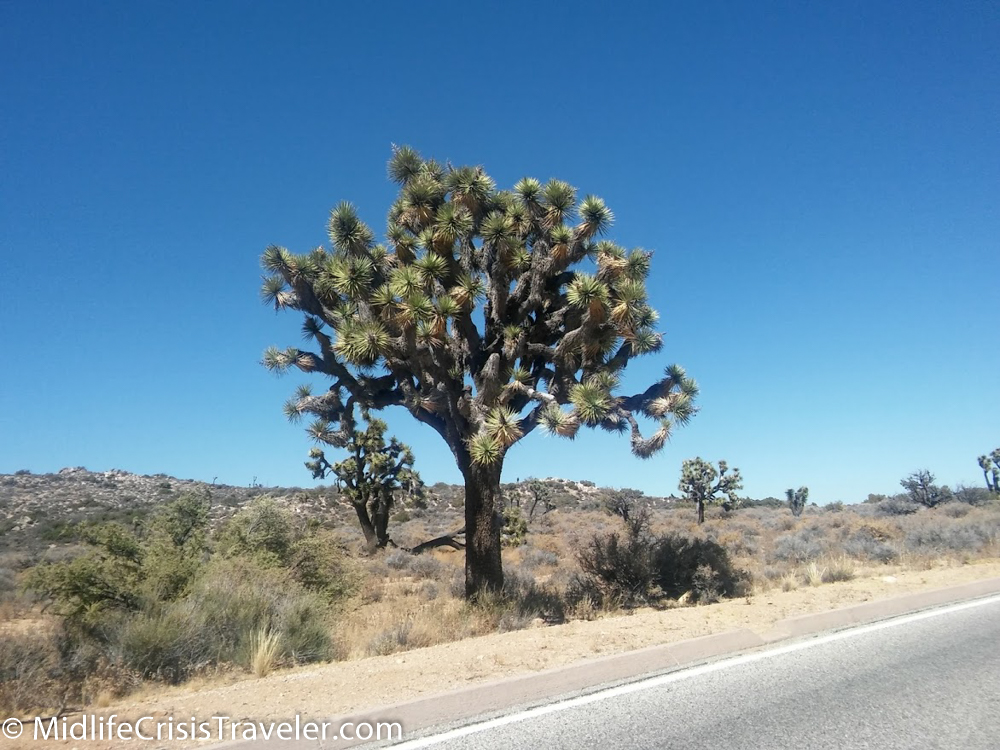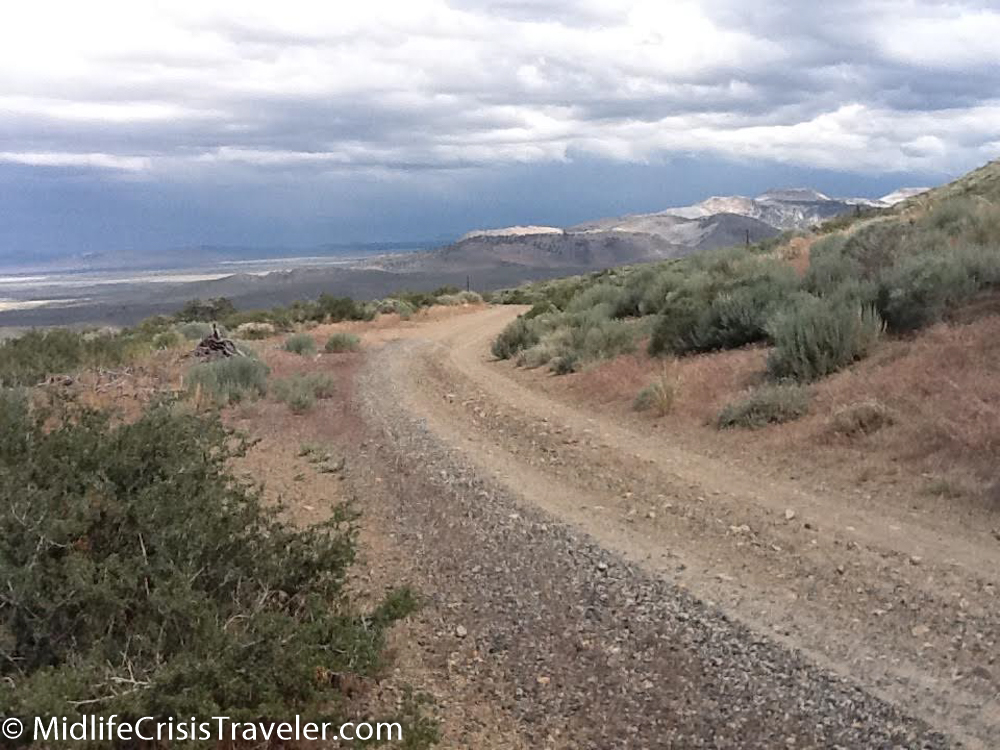Please be patient, it may take a minute for the videos to load.
No:
Swimming
Wading
Boating
Rafting
or Fishing.
In essence, stay out of the water. It is too rough. Too fast. Too violent. It’s not this dangerous on the whole river, but in many parts of Kings Canyon National Park, it is.
I am convinced that if you fell into the Kings River in most areas of Kings Canyon National Park, you would be dead within minutes. There are too many boulders that you would strike and the water is too fast that you could never stand up or drag yourself to safety.
Don’t get me wrong, it is a gorgeous flow of water to see in contrast with the mountains and valleys. But in this case, Mother Nature is not to be tested.
The Kings River provides irrigation to over a million acres of farmland in California's central valley. The river also provides fresh drinking water to central valley residents. In some areas, white water rafting is permitted. It is a level 3 river.
I made acrylic prints of this waterfall. They are as breathtaking as the waterfall is itself.
Have you seen the Kings River in person? What were your impressions?
For more information about Kings Canyon National Park, click the link below.
https://www.nps.gov/seki/index.htm











